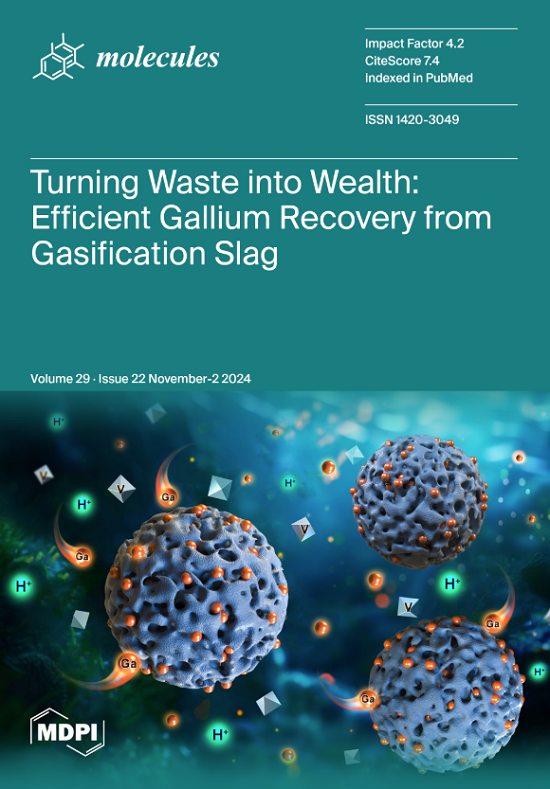Two-Dimensional Polarized Blue P/SiS Heterostructures as Promising Photocatalysts for Water Splitting
IF 4.2
2区 化学
Q2 BIOCHEMISTRY & MOLECULAR BIOLOGY
引用次数: 0
Abstract
Two-dimensional (2D) polarized heterostructures with internal electric fields are potential photocatalysts for high catalytic performance. The Blue P/SiS van der Waals heterostructures were formed from monolayer Blue P and polar monolayer SiS with different stacking interfaces, including Si-P and P-S interfaces. The structural, electronic, optical and photocatalytic properties of the Blue P/SiS heterostructures were studied via first-principle calculations. The results showed that the Si-P-2 or P-S-4 stacking order contributes to the most stable heterostructure with the Si-P or P-S interface. The direction of the internal electric field is from the 001 surface toward the 001¯ surface, which is helpful for separating photo-generated electron–hole pairs. The bandgap and electrostatic potential differences in the Si-P-2(P-S-4) heterostructures are 1.74 eV (2.30 eV) and 0.287 eV (0.181 eV), respectively. Moreover, the Si-P-2(P-S-4) heterostructures possess suitable band alignment and wide ultraviolet and visible light spectrum regions. All results suggest that 2D polarized Blue P/SiS heterostructures are potential novel photocatalysts for water splitting under a wide ultraviolet and visible light spectrum region.二维极化蓝 P/SiS 异质结构有望成为水分离光催化剂
具有内电场的二维(2D)极化异质结构是具有高催化性能的潜在光催化剂。蓝 P/SiS 范德华异质结构由具有不同堆叠界面(包括 Si-P 和 P-S 界面)的单层蓝 P 和极性单层 SiS 形成。通过第一原理计算研究了蓝 P/SiS 异质结构的结构、电子、光学和光催化特性。结果表明,Si-P-2 或 P-S-4 堆垛顺序有助于形成最稳定的 Si-P 或 P-S 界面异质结构。内部电场的方向是从 001 表面朝向 001¯ 表面,这有助于分离光生电子-空穴对。Si-P-2(P-S-4) 异质结构的带隙和静电位差分别为 1.74 eV (2.30 eV) 和 0.287 eV (0.181 eV)。此外,Si-P-2(P-S-4)异质结构具有合适的能带排列和宽紫外及可见光光谱区。所有结果表明,二维极化蓝 P/SiS 异质结构是一种潜在的新型光催化剂,可在宽紫外和可见光光谱区进行水分离。
本文章由计算机程序翻译,如有差异,请以英文原文为准。
求助全文
约1分钟内获得全文
求助全文
来源期刊

Molecules
化学-有机化学
CiteScore
7.40
自引率
8.70%
发文量
7524
审稿时长
1.4 months
期刊介绍:
Molecules (ISSN 1420-3049, CODEN: MOLEFW) is an open access journal of synthetic organic chemistry and natural product chemistry. All articles are peer-reviewed and published continously upon acceptance. Molecules is published by MDPI, Basel, Switzerland. Our aim is to encourage chemists to publish as much as possible their experimental detail, particularly synthetic procedures and characterization information. There is no restriction on the length of the experimental section. In addition, availability of compound samples is published and considered as important information. Authors are encouraged to register or deposit their chemical samples through the non-profit international organization Molecular Diversity Preservation International (MDPI). Molecules has been launched in 1996 to preserve and exploit molecular diversity of both, chemical information and chemical substances.
 求助内容:
求助内容: 应助结果提醒方式:
应助结果提醒方式:


